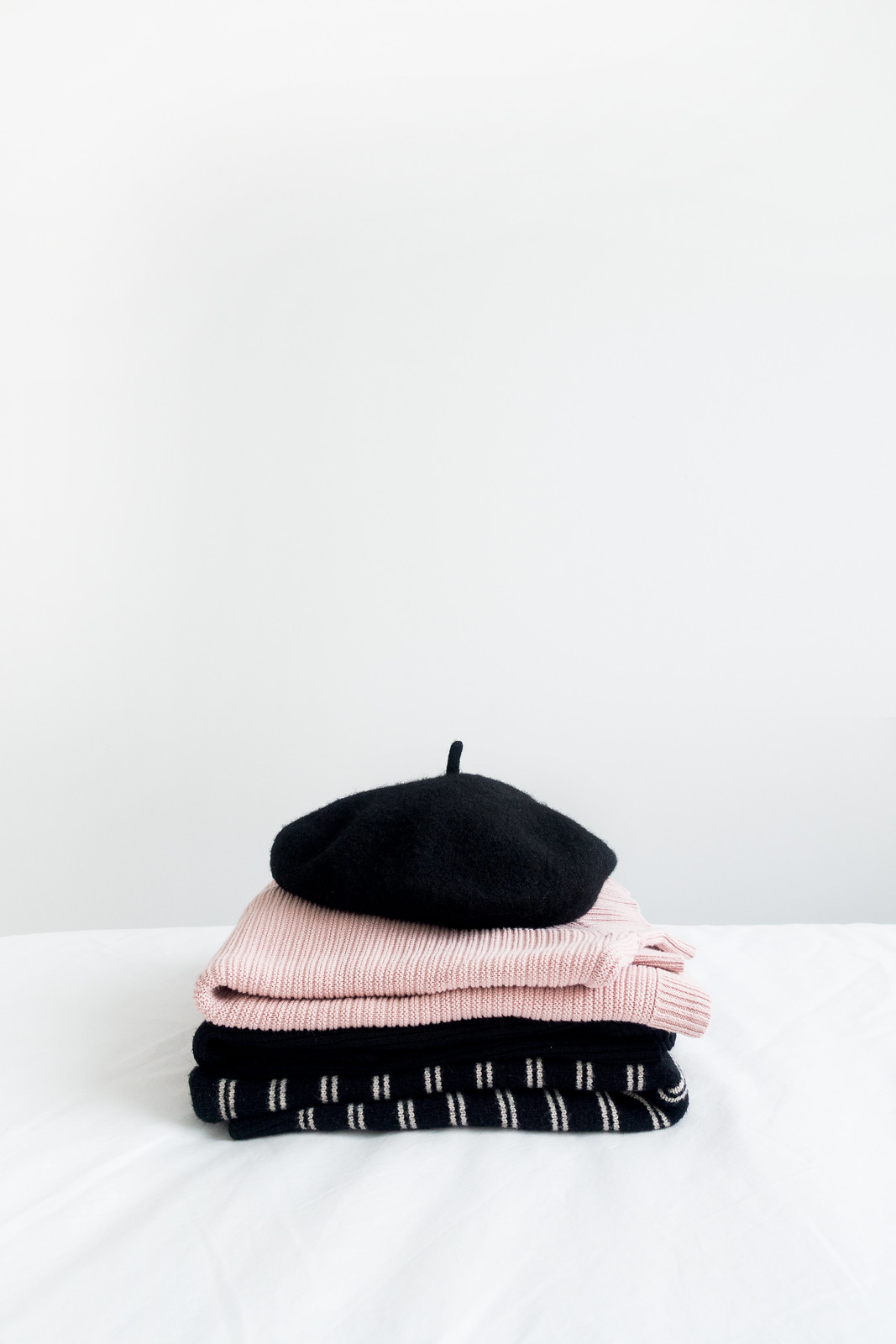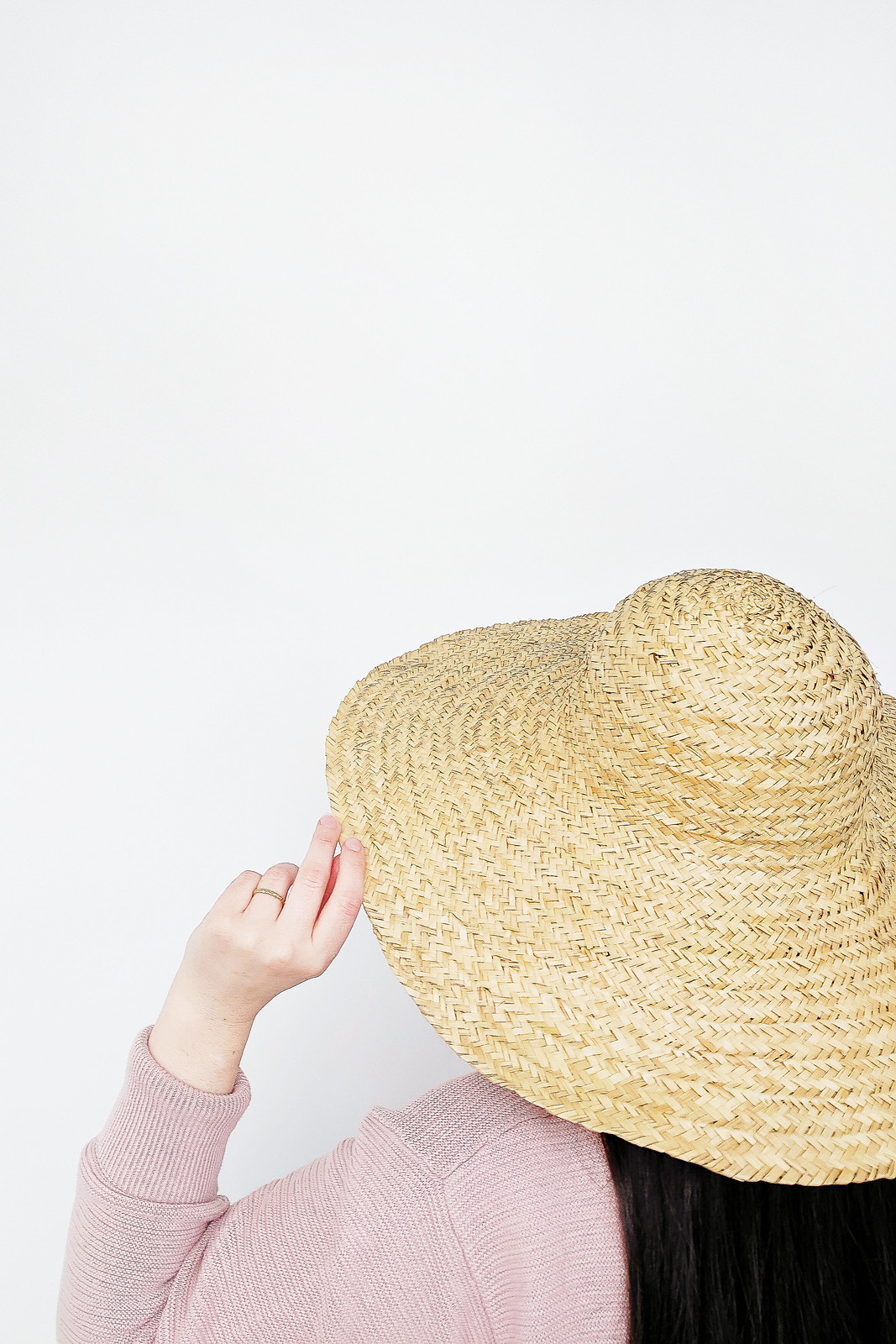
Clothing production has more than doubled since 2000. We wear fast fashion clothing less than 5 times and keep them for only 35 days. In Britain, we purchased over 50 million single-use outfits for summer 2019.
This 'quantity over quality' system has turned clothing into disposable goods that have a huge financial impact and severe environmental consequences with a quick turnover that encourages us to keep buying. The fashion industry is as exploitative as it is damaging; it's not only wasting valuable resources, it’s contributing to the climate crisis.
It’s been several years since I quit fast fashion. I wish I could say I was always concerned about the impact cheap, poor quality clothing was having but that wasn’t always the case. I used to love shopping. It was only when I had to declutter and downsize that I was hit by how much I was wasting.
I wanted to share my story of how I quit fast fashion to show that although we might all start in a different place, fast fashion affects us all negatively.

I've always loved clothes. I'd go shopping with my mum or friends so often that it quickly became a hobby. If I was bored or if I needed cheering up; if I wanted to treat myself or had some spare money, I'd buy something new. Bargains were what I was looking for. Seasonal sales and deep discounts, and that buzz you’d get from scoring a “great deal”.
When online shopping took off, I had a never-ending stream of orders delivered to my door. I’d declutter my wardrobe, buy more clothes, rinse and repeat. I was dissatisfied with my life but I just couldn't see it. I was spending too much money on too many clothes, and I never really saw the problem.
When I moved from Kent to the West Midlands I had to drastically declutter my life to fit into a tiny apartment. Having to downsize, I saw the vast amounts of stuff I had bought and wasted. It helped to shift my mindset from constantly buying new things to being content with what I already owned.
Although I had stopped buying so much, it took watching The True Cost documentary for me to realise just how important shopping ethically and sustainably was. I realised my actions (buying fast fashion) didn't align with my beliefs (that people shouldn't die to make my clothes and the planet shouldn't suffer). I knew I had to make changes.

I focused on buying less and buying better. I transitioned my wardrobe by being mindful about the things I was buying, owning, and wearing. I tried out the 5-piece wardrobe method and had a capsule wardrobe for a while. Then I stopped buying new altogether and challenged myself to #AYearOfSecondHand. Quitting fast fashion has made me value the clothes I own; it's helped me to discover my personal style and taught me how to properly care for my wardrobe so it lasts longer.
Not everyone has the privilege or access to sustainably-made clothing in their size and style at a price they can afford. But all of us can be more mindful of how much we buy. I've written a whole lot about sustainable style on my blog over the last 7 years, You’ll find brand directories, guides to getting started with an all-seasons wardrobe, and lots of info on shopping more sustainably.
If you want to quit fast fashion but find sustainable style overwhelming; here are my tips for getting started, links to help you transition to a more ethical wardrobe, and some recommended viewing if you want to learn about the impact fast fashion has on people and the planet.

Quitting Fast Fashion
Watch The True Cost. It literally changed my life and I think it might change yours too.
Identify Your Priorities. Fair-labour practices, environmental issues, animal welfare, or all three; think about what issues you feel the most strongly about and focus on those. Try to meet your requirements each time you make a purchase.
Know The Brands.
This can be overwhelming but I've put together a sustainable fashion brand directory (there's also a size inclusive directory) to help make finding ethical brands easier. I also recommend the Ethical Consumer website; you have to pay for a subscription but it's well worth it. The Good On You app and website is OK but limited in scope and knowledge just remember to read the full report under each brand for the whole picture or you could fall for greenwashing.
Create A Go-To List Of Sustainable Brands. It'll make shopping easier, trust me. Once you find a brand that stocks clothes in a size and style you like, bookmark them. Whenever you need something like a new tee or lingerie, you can head straight to their website safe in the knowledge you've vetted them for their ethics.
Buy Less, Wear What You Have, and Shop Second-hand. The most sustainable wardrobe is the one you already have so wear it, even if those clothes are made by fast fashion brands. One thing all of us can do is buy less and shop second-hand more.
Learn How To Repair and Refresh Your Clothes. Anyone can learn how to care for their cloths properly and implement simple fixes that make old clothes wearable again. Dyeing clothes is a great way to breathe new life into tired items, and there are countless videos and tutorials showing you how to take in waistbands or take up hems. Learning a few tricks will make your wardrobe last longer.
Related Posts
I've written a lot about fast fashion and sustainable style over the last few years. If you'd like to read more, these posts are a great place to start. Scroll through the style tag for more.
• How To Create A Sustainable Wardrobe
• On Making Considered Purchases
• Creating An All-Seasons Wardrobe
• Shop Your Wardrobe For New Outfits
• Making A Capsule Wardrobe With What You Already Own
• Wearing Your Ethics
• Second-hand Shopping, Online and In-Person
• Ethical Fashion Under £50
• Fast Fashion and The Responsibility Of Influencers

